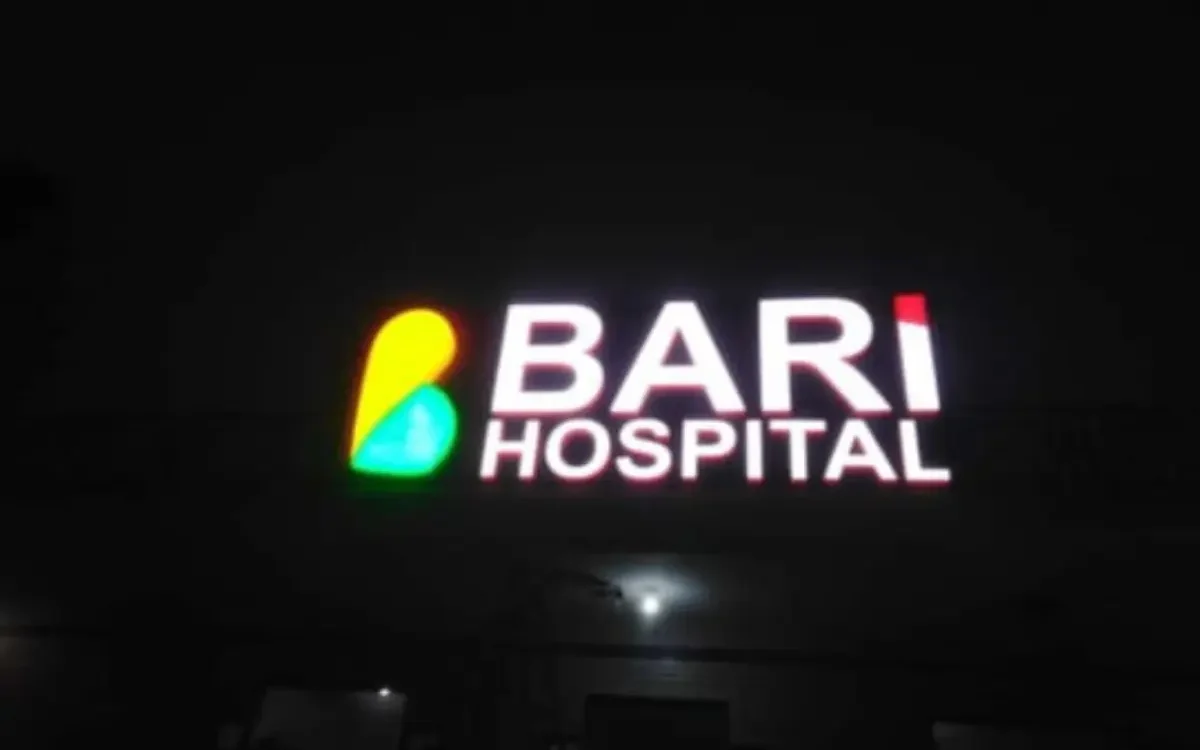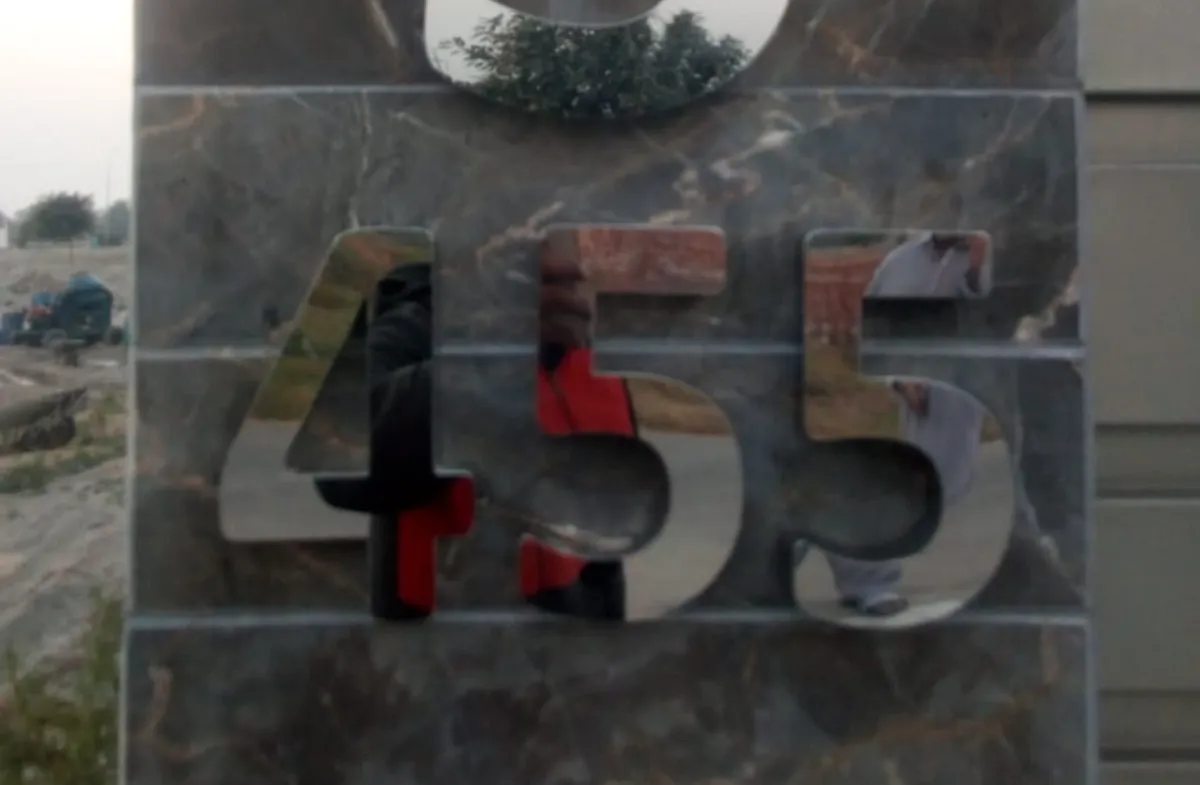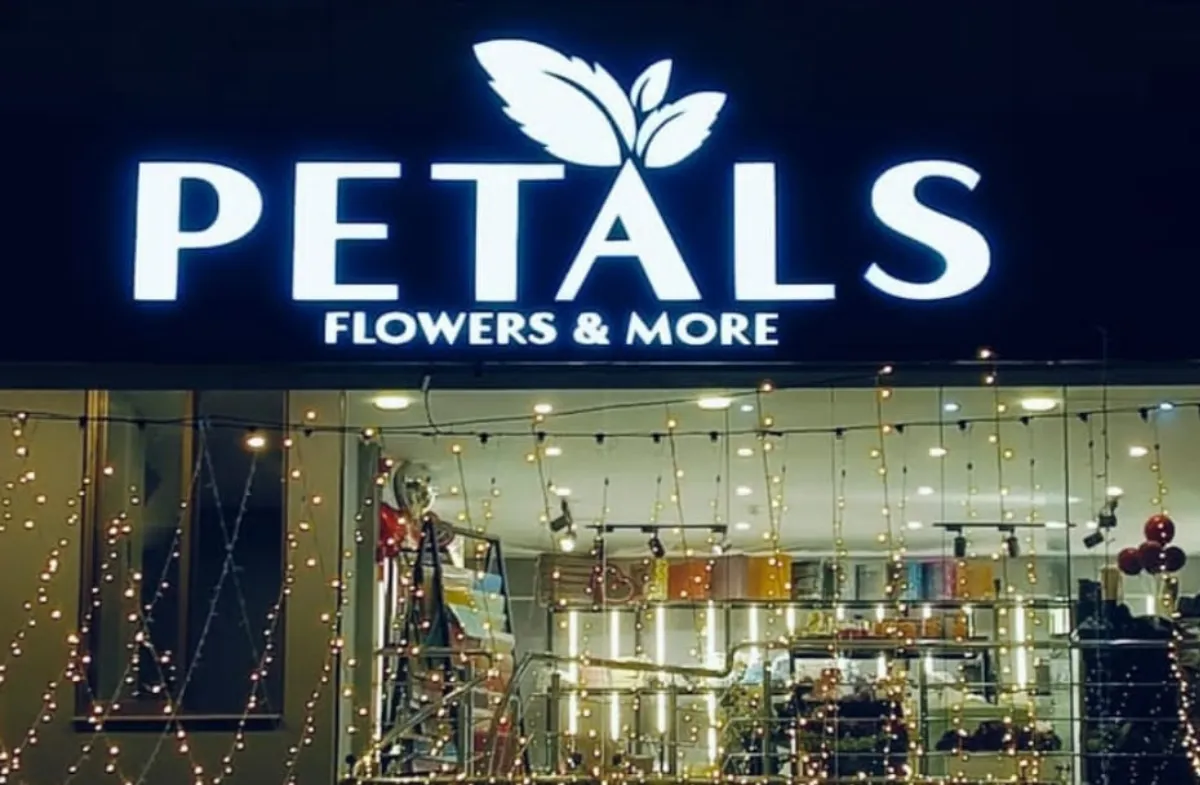Bright lights and eye-catching signs are one of the best ways to draw customers to your store. While neon signs were once the go-to choice, LED signs are now leading the way. In this blog, we’ll explore the key differences to help you choose the right option for your business in 2025.
What are LEDs?
LED stands for Light Emitting Diode, a technology where closely packed bulbs create a steady, bright light. Protected by a polymer jacket, LED signs are more durable than neon and require manual bulb replacement. Unlike neon’s glowing hues, LED signs emit solid, uniform colors.
What are Neons?
Neon signs are made from hand-crafted glass tubes filled with inert gas that emits a fluorescent glow. While visually appealing, they’re fragile and can easily break if mishandled. However, built-in safety features and their classic charm still make them a popular choice for businesses.
Cost Comparison: LED Signs vs Neon Signs
The cost difference between LED and neon signs often depends on the size of the display, with larger LED signs being around 10% cheaper. LEDs also save more in the long run, thanks to easier installation and lower maintenance costs. If you’re looking for a budget-friendly and low-maintenance option, LED signs are the smarter investment.
Energy Efficiency
LED lights consume much less power compared to neon, with neon displays requiring 3000-18000V, leading to high energy costs and safety concerns. In contrast, LEDs use just 24-120V, reducing electricity expenses and enhancing safety. LEDs also have a smaller environmental impact, unlike neon gases.
Usage of LED and Neon Signs
Neon signs are commonly used for both outdoor decoration and interior design in places like bars, restaurants, and homes, as well as in photography studios. LED signs, on the other hand, are mainly used for business purposes, including advertising and communication in locations like factories, hospitals, and shopping malls.
Installation and Safety
LED signs are easy to install, requiring no special team—just hang them like artwork. Neon signs, however, need specialist installation due to their weight and fragility. In terms of safety, LEDs are encased in flexible material, don’t heat up, and pose no breakage risk, unlike neon signs.
Choosing Between LED and Neon Signs for Your Business
After considering factors like energy efficiency, durability, and maintenance, LED signs emerge as the more practical choice for businesses. They consume less power, have a longer lifespan, and offer greater design flexibility, making them a cost-effective and versatile option.
While neon signs provide a classic aesthetic, the advantages of LEDs make them the preferred choice for modern business signage.
Conclusion
LED signs are the modern, cost-effective choice for businesses, offering durability, energy efficiency, and easy installation—ideal for advertising and communication. While neon signs provide classic charm, their fragility, higher costs, and maintenance needs make LEDs the smarter, safer investment for 2025.







